Real-world assets (“RWAs”) refer to tokenized, on-chain versions of tangible and intangible non-blockchain assets, e.g., currencies, real estate, bonds, commodities, etc. Total on-chain RWAs are at all-time highs at US$12B+ (excluding the US$175B+ stablecoin market).
Key categories within the RWA space include tokenized US Treasuries, private credit, commodities, stocks, real estate, and other non-US bonds. Emerging categories include air rights, carbon credits, and fine art.
The increased involvement of institutional and traditional finance (“TradFi”) in the RWA space has been a notable recent growth driver. BlackRock’s BUIDL tokenized Treasury product is the category leader (market cap > US$500M), and their US spot Bitcoin and Ether ETFs are the largest in the market. Franklin Templeton’s FBOXX is the second largest tokenized Treasury product, while WisdomTree has expanded even further with their tokenized equity products and other “Digital Funds”.
The foundational infrastructure of RWAs include smart contracts, oracles, identity & compliance, and custody solutions. Oracles are critical as they ensure that on-chain representations accurately reflect off-chain, real-world data. They also help initiate on-chain actions based on off-chain legal agreements. The development of RWA-specific oracles is an interesting development to keep an eye on.
In our project analysis, we cover six projects. These include Ondo (structured finance), Open Eden (tokenized Treasuries), Centrifuge (tokenization, structured credit, aggregation), Parcl (synthetic real estate), Toucan (tokenized carbon credits), and Jiritsu (zero knowledge tokenization).
There are several technical risks to be aware of when considering RWAs. Among these, we have centralization (due to the very nature of RWAs and regulatory requirements), third-party dependencies (particularly for asset custody), whether the complexity of the system is worth the yield, the robustness and dependency of oracles, as well as privacy & compliance considerations.
From a macroeconomic perspective, we are set to commence on a historic rate cutting cycle in the US, which might have consequences for many RWA protocols, particularly those focused on tokenized US Treasuries. The concern around the legal landscape surrounding RWAs also remains.




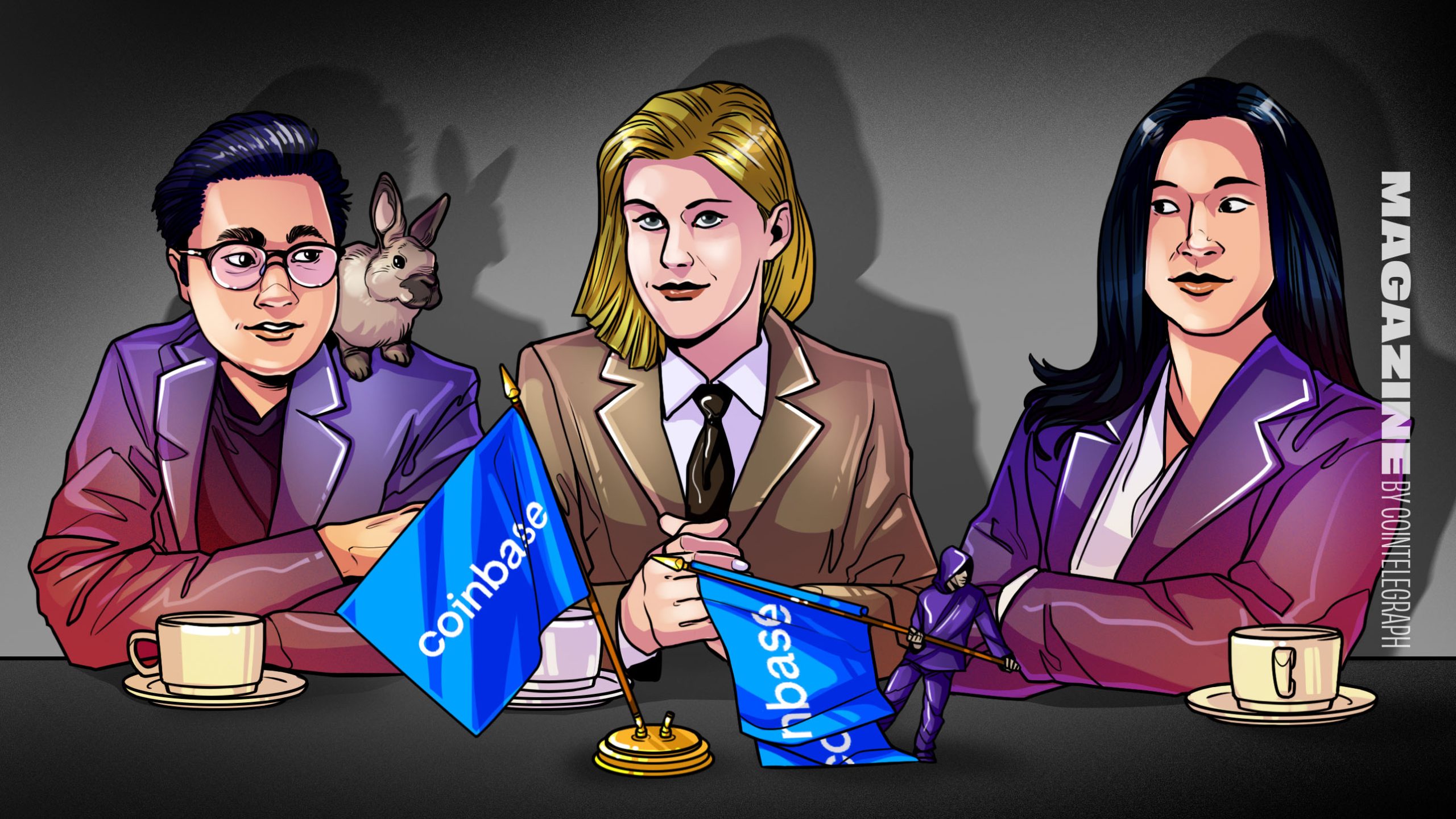
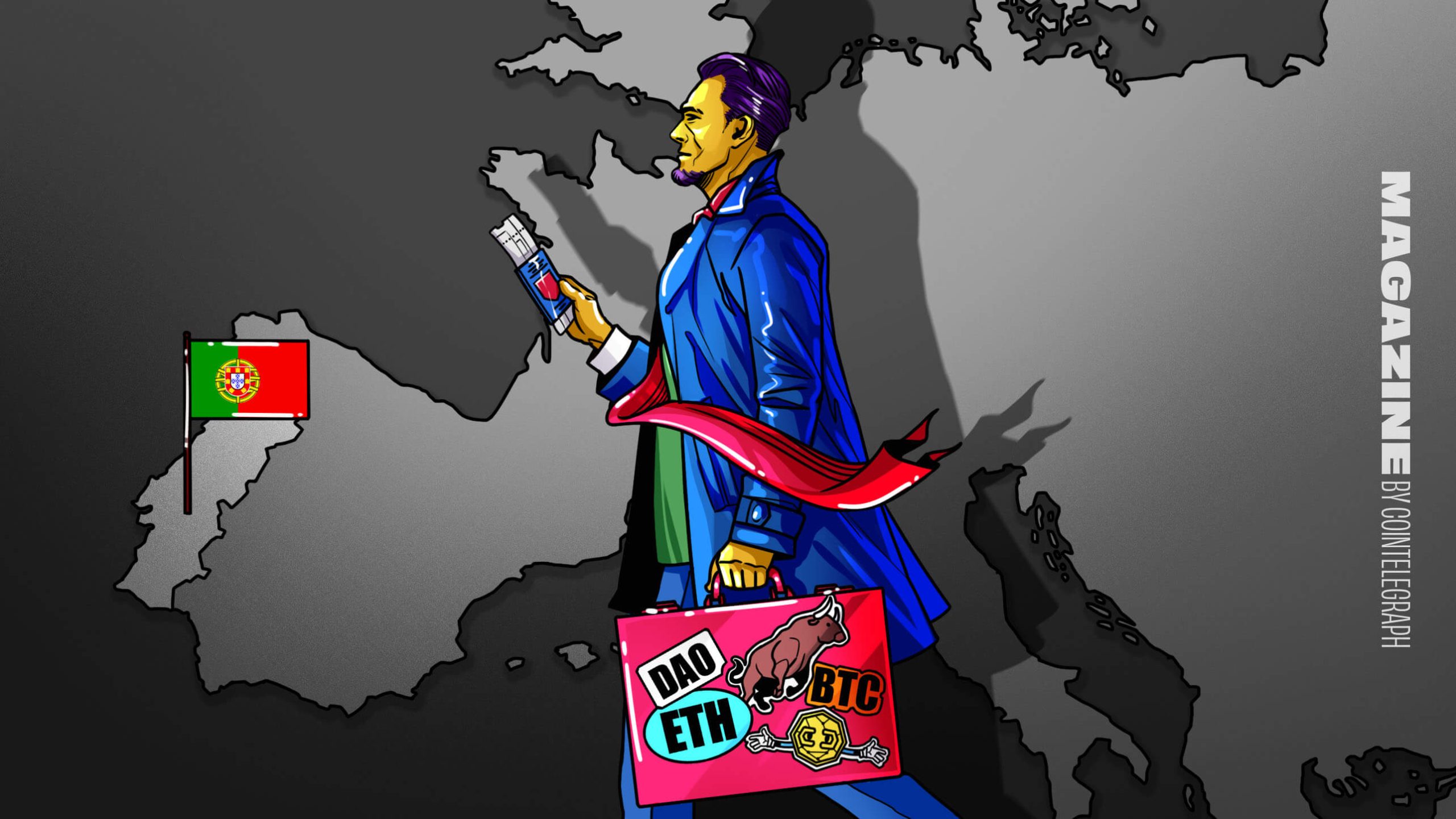




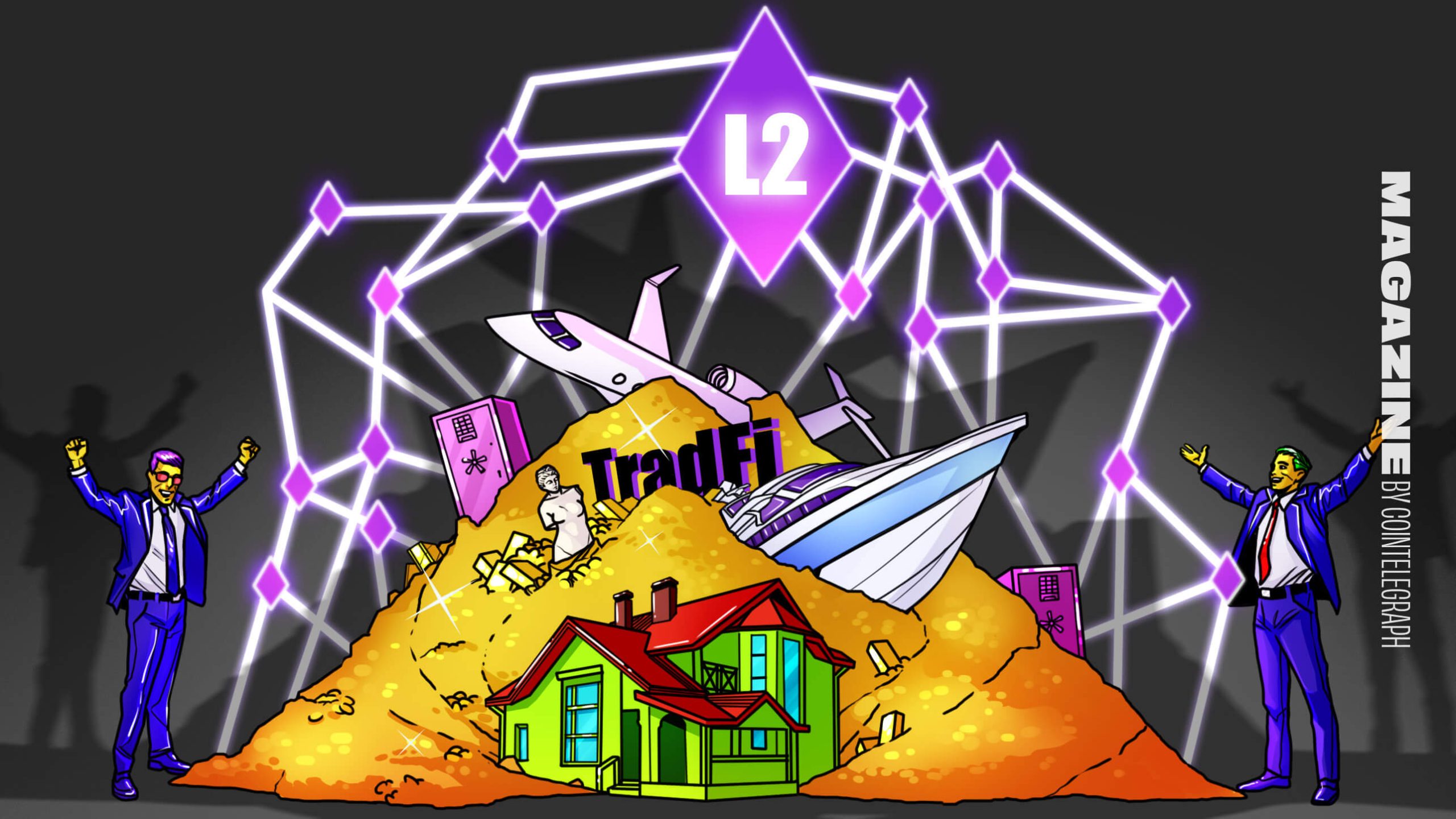
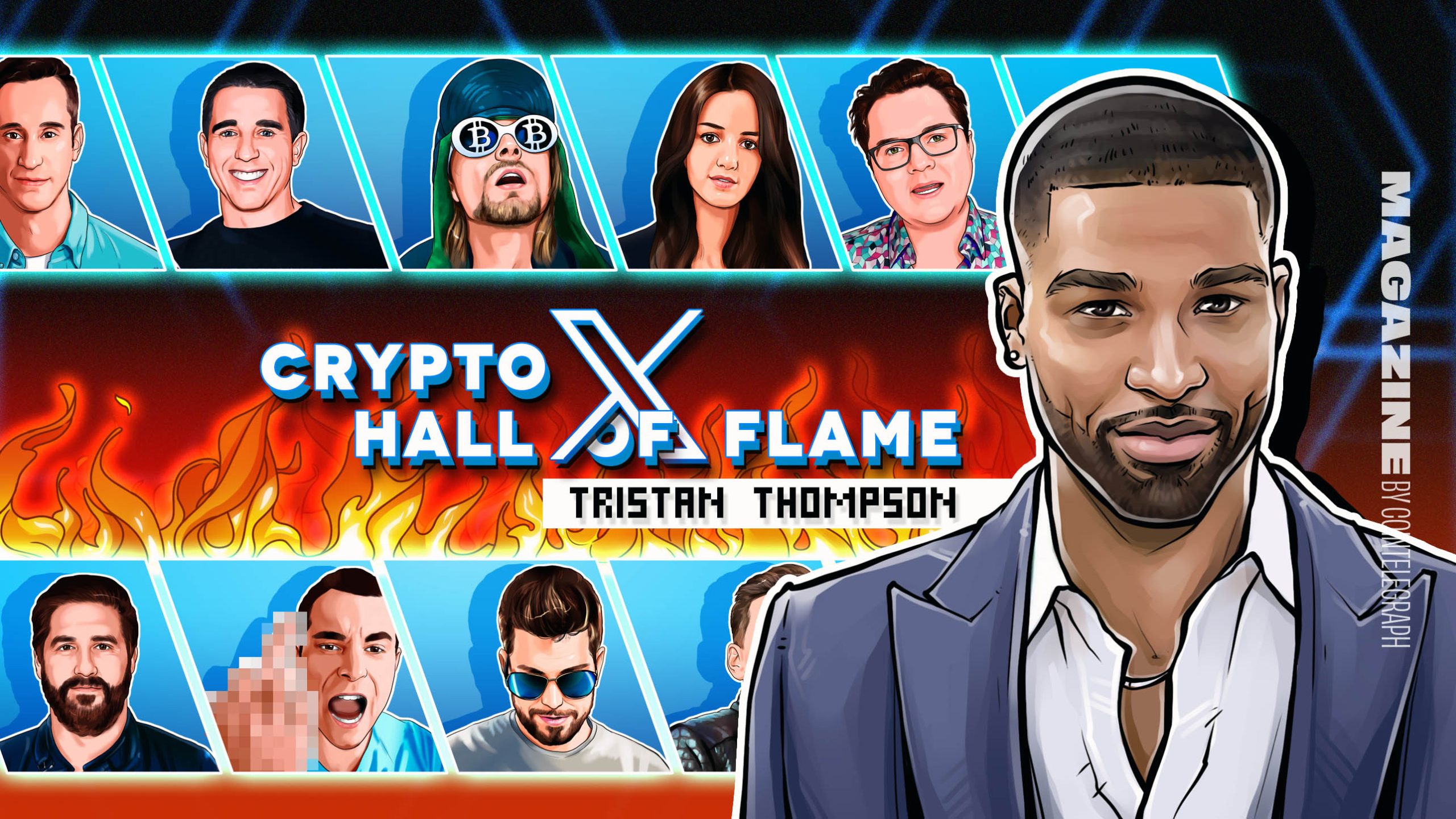



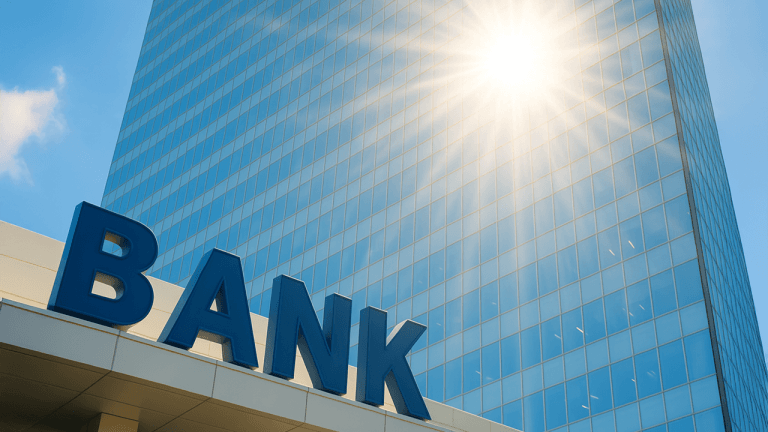

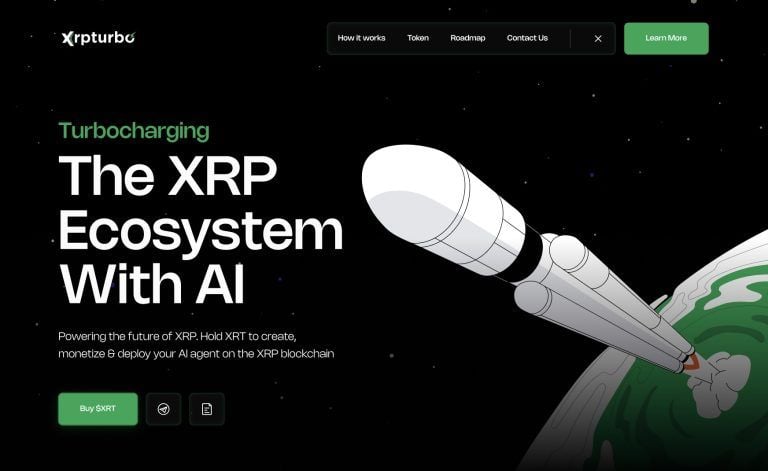

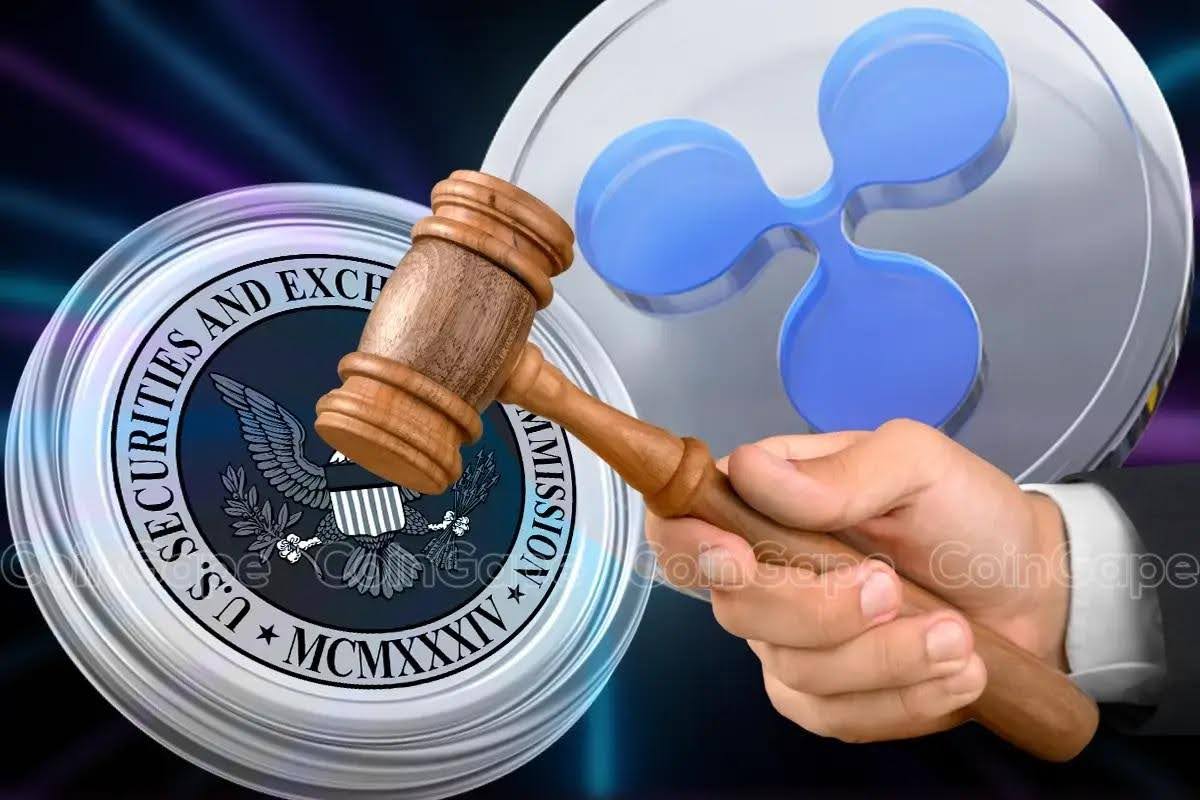
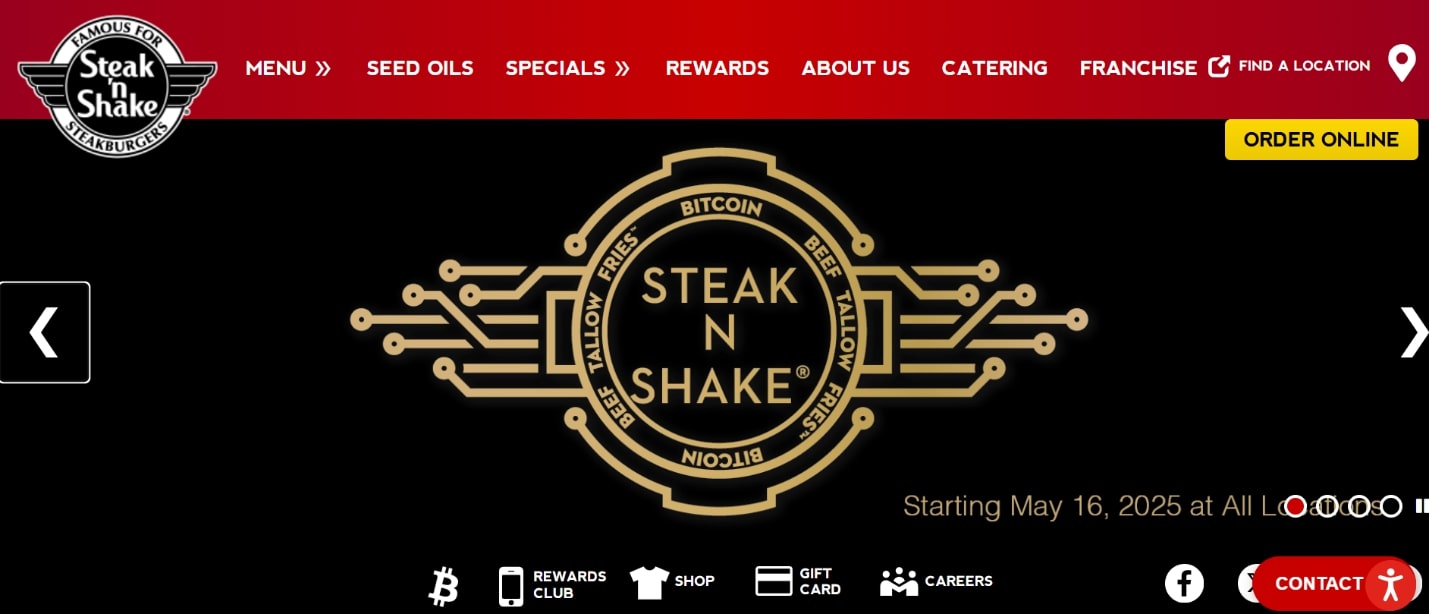

Comments